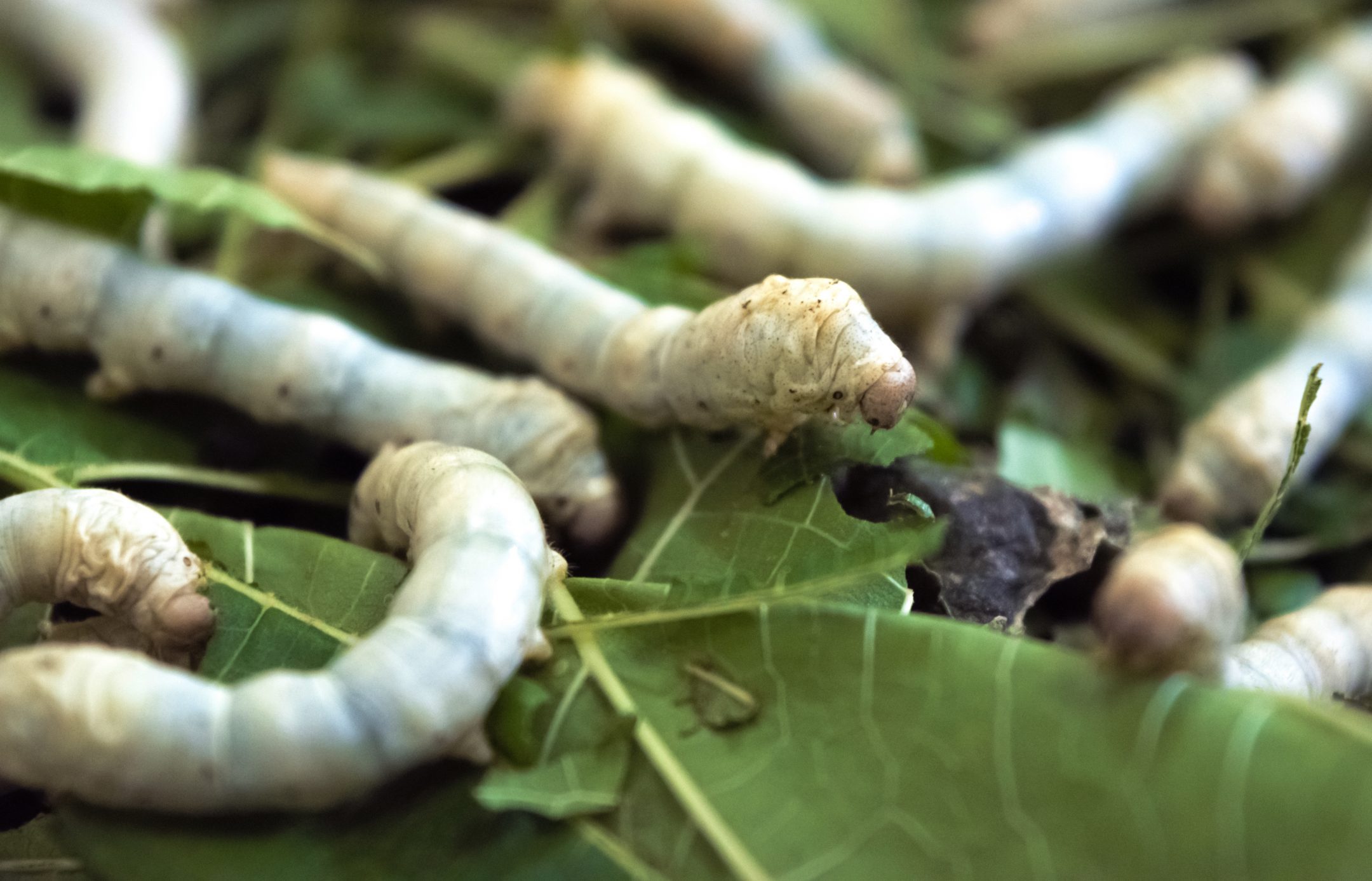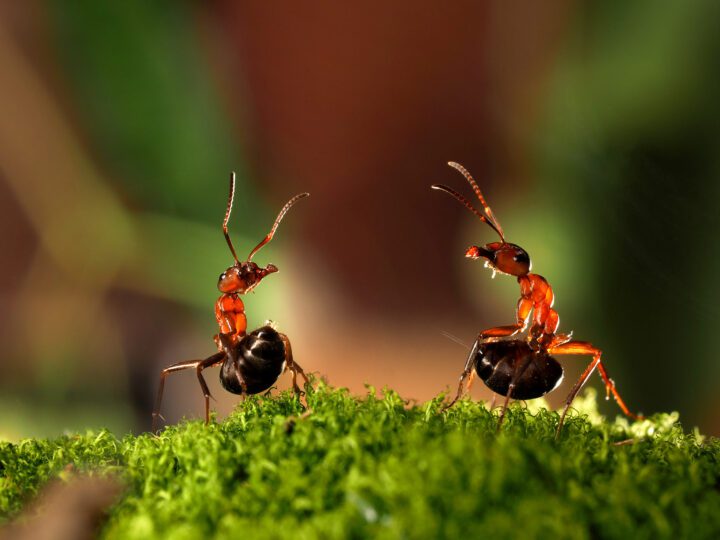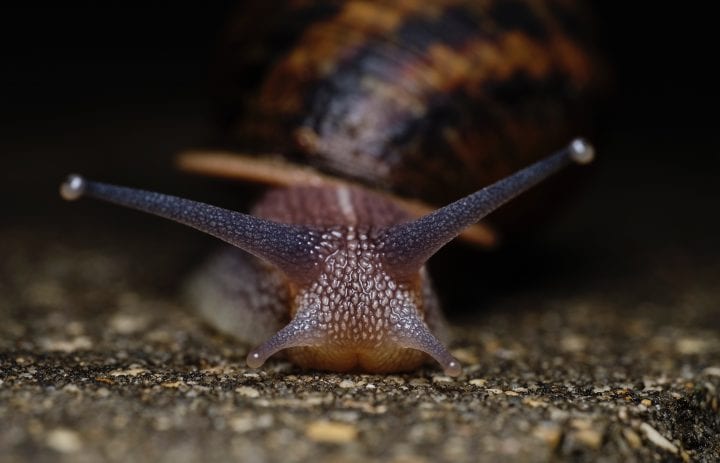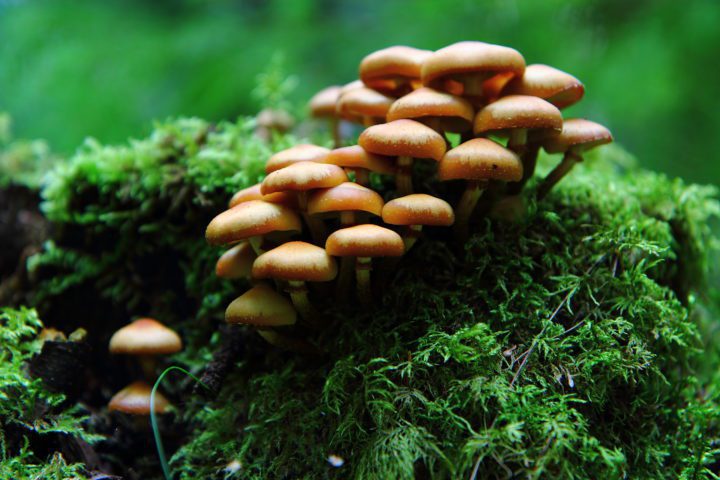Pavilion structure from MIT is constructed using 3D-printers and silk worms to explore the relationship between digital and biological fabrication.
Benefits
- Customizable
- Reduced waste
- Efficient
Applications
- Building design
- Manufacturing
UN Sustainable Development Goals Addressed
-

Goal 9: Industry Innovation & Infrastructure
-

Goal 11: Sustainable Cities & Communities
Bioutilization
- Silkworm silk
The Challenge
Typical manufacturing processes build products by depositing layers of homogenous materials. Although these products are functional, they are often over-built with excess material, which decreases their efficiency and increases waste. Additionally, these base materials and processes can be toxic and harmful to the environment.
Innovation Details
The pavilion structure is called the “Silk Pavilion” and is made of 26 polygonal panels. These panels are constructed using silk threads made by silkworms, which a Computer-Numerically Controlled (CNC) machine lays down. The overall structure layout was formulated using silkworms as the “lead designer” to optimize material usage and placement.

Biomimicry Story
Silkworms are able to make their cocoons using only silk. Silk is made of stretchable fibers, that if untangled, would be as much as 5,000 feet long. Having a single, long fiber enables the material to more effectively distribute mechanical stress than several shorter strands. Silkworm’s generate, distribute, orient, densify, and assemble their silk to build their cocoons.




